Research on Intelligent Identification Glasses System for Animals and Plants Based on Machine Vision
DOI: 10.23977/autml.2025.060204 | Downloads: 9 | Views: 155
Author(s)
Fentian Li 1
Affiliation(s)
1 The Tourism College of Changchun University, Changchun, Jilin, 130607, China
Corresponding Author
Fentian LiABSTRACT
With the increasing awareness of ecological protection and the increasing demand for agricultural intelligence, animal and plant identification technology has become a research hotspot. Traditional identification methods rely on manual experience, are inefficient and lack accuracy. This article explores an intelligent identification glasses system for animals and plants based on machine vision. By integrating cameras, AR display modules and deep learning models, it achieves real-time and efficient identification of animals and plants in the natural environment. The system uses the improved YOLOv5 algorithm, combined with the attention mechanism and multi-scale detection technology, to significantly improve the recognition accuracy and speed. Experiments show that the system's recognition accuracy and processing speed of animals and plants in complex environments are significantly improved, providing a convenient identification tool for non-professionals. This research not only provides innovative solutions for biodiversity conservation, agricultural production and science education, but also provides a practical reference for the application of target detection technology on edge computing devices.
KEYWORDS
Machine Vision; YOLOv5; Intelligent Recognition Glasses; Deep Learning; Multi-Scale Detection TechnologyCITE THIS PAPER
Fentian Li, Research on Intelligent Identification Glasses System for Animals and Plants Based on Machine Vision. Automation and Machine Learning (2025) Vol. 6: 32-37. DOI: http://dx.doi.org/10.23977/autml.2025.060204.
REFERENCES
[1] Xu Peng, Lu Zitong, Yang Yongjie. Improved YOLOv5 lightweight model suitable for embedded systems [J]. Electronic Design Engineering, 2025, 33(13):21-27+33.
[2] Zhang Fanbo, Ningbo, Kong Ningliang, et al. Research on surface defect detection technology based on machine vision [J]. New Technology and New Technology, 2025, (06): 74-80.
[3] Zhang Ming, Yan Fei, Wang Pengtao, et al. Automatic identification method of pavement diseases based on artificial intelligence [J]. Construction Technology (Chinese and English), 2025, 54(12): 129-133.
[4] He Zeshen. Research and experiment on pest monitoring system based on machine vision [D]. Heilongjiang Bayi Agricultural University, 2025.
[5] Li Ruohai. Case study of online detection algorithm based on artificial intelligence machine vision processing [J]. Automation Application, 2025, 66(10): 43-45+49.
[6] An Xiaodong, Li Yang, Liu Liu, et al. Review of fruit sorting algorithms based on machine vision [J/OL]. Automation Technology and Application, 1-12 [2025-10-13].
[7] Luo Sheng, Zhang Bin, Hu Yan, et al. Visual recognition method based on feature point matching [J]. Robotics Technology and Applications, 2023, (06): 24-28.
[8] Zhang Yuanmin, Li Dongdong, Huang Yong, et al. Research on the application of deep learning in the field of computer vision [J]. Technology and Innovation, 2024, (15): 40-42.
[9] Ke Ao, Wang Yucong, Hu Boyu, et al. Review of image-based wildlife detection and recognition [J]. Computer System Applications, 2024, 33(01): 22-36.
[10] Yang Tingting, Guo Zhixun, Lei Dingxiang, et al. Application of machine vision technology in agriculture [J]. Anhui Agricultural Science Bulletin, 2021, 27(18): 110-111.
| Downloads: | 4322 |
|---|---|
| Visits: | 200466 |
Sponsors, Associates, and Links
-
Power Systems Computation
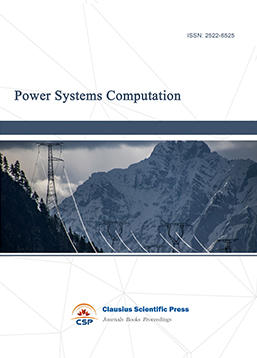
-
Internet of Things (IoT) and Engineering Applications
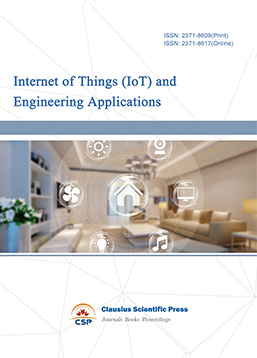
-
Computing, Performance and Communication Systems

-
Journal of Artificial Intelligence Practice
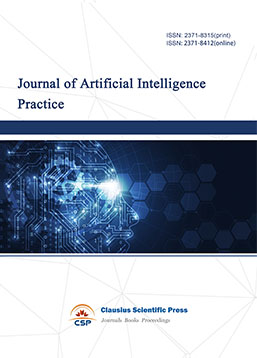
-
Advances in Computer, Signals and Systems
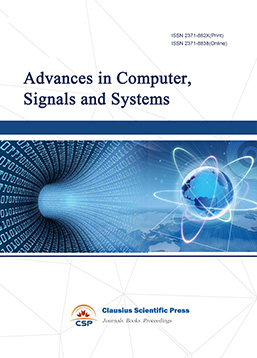
-
Journal of Network Computing and Applications

-
Journal of Web Systems and Applications

-
Journal of Electrotechnology, Electrical Engineering and Management

-
Journal of Wireless Sensors and Sensor Networks
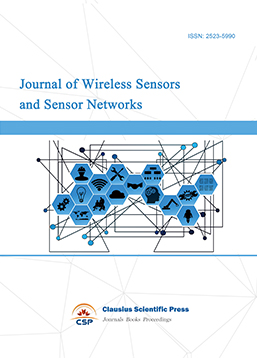
-
Journal of Image Processing Theory and Applications
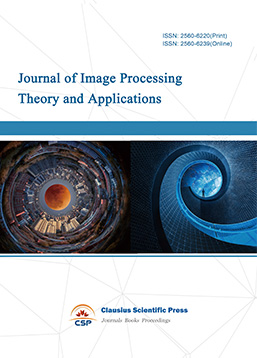
-
Mobile Computing and Networking

-
Vehicle Power and Propulsion
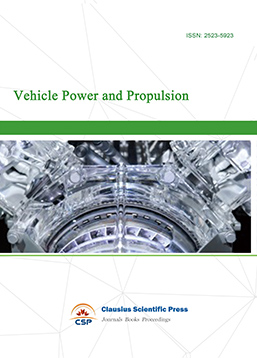
-
Frontiers in Computer Vision and Pattern Recognition
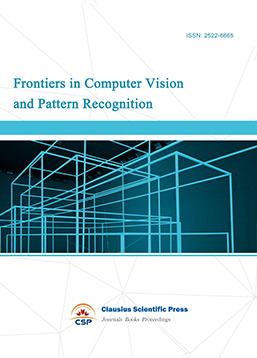
-
Knowledge Discovery and Data Mining Letters

-
Big Data Analysis and Cloud Computing

-
Electrical Insulation and Dielectrics

-
Crypto and Information Security

-
Journal of Neural Information Processing
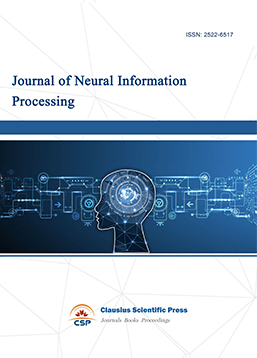
-
Collaborative and Social Computing
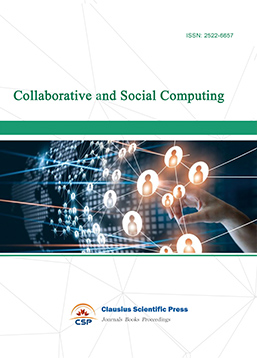
-
International Journal of Network and Communication Technology
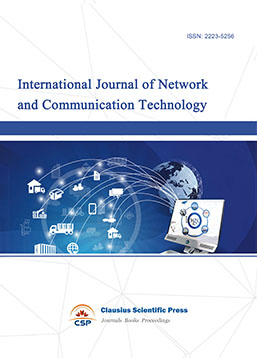
-
File and Storage Technologies

-
Frontiers in Genetic and Evolutionary Computation
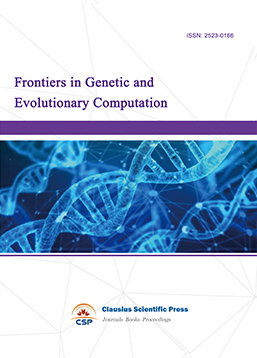
-
Optical Network Design and Modeling
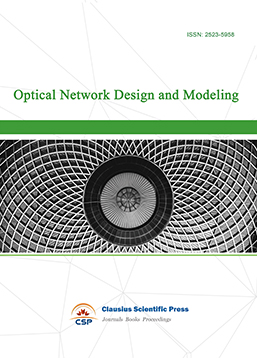
-
Journal of Virtual Reality and Artificial Intelligence
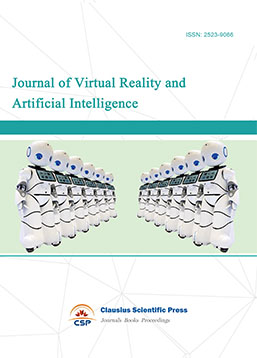
-
Natural Language Processing and Speech Recognition
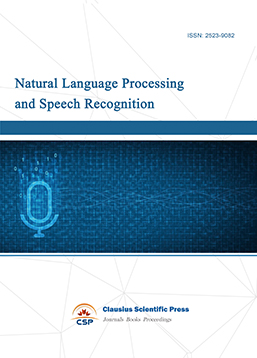
-
Journal of High-Voltage

-
Programming Languages and Operating Systems
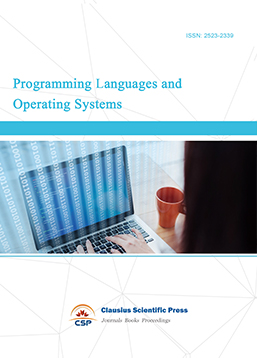
-
Visual Communications and Image Processing

-
Journal of Systems Analysis and Integration
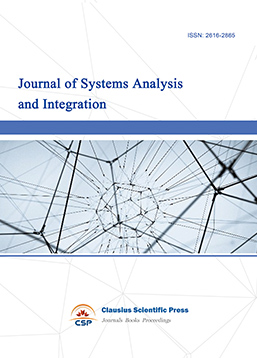
-
Knowledge Representation and Automated Reasoning
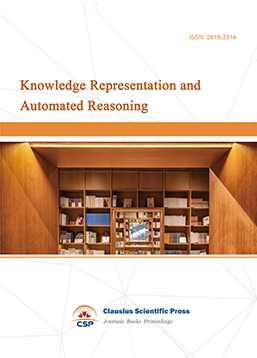
-
Review of Information Display Techniques

-
Data and Knowledge Engineering
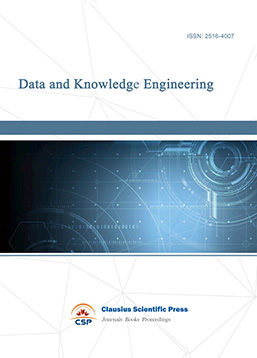
-
Journal of Database Systems
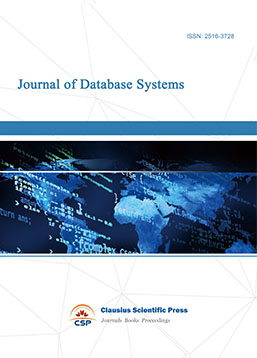
-
Journal of Cluster and Grid Computing
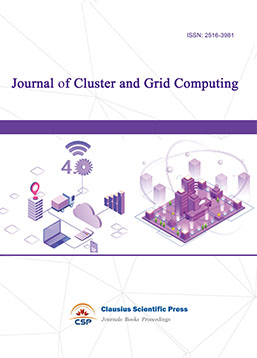
-
Cloud and Service-Oriented Computing

-
Journal of Networking, Architecture and Storage

-
Journal of Software Engineering and Metrics
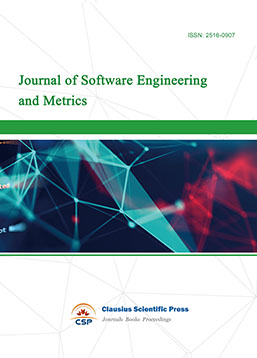
-
Visualization Techniques

-
Journal of Parallel and Distributed Processing

-
Journal of Modeling, Analysis and Simulation

-
Journal of Privacy, Trust and Security

-
Journal of Cognitive Informatics and Cognitive Computing
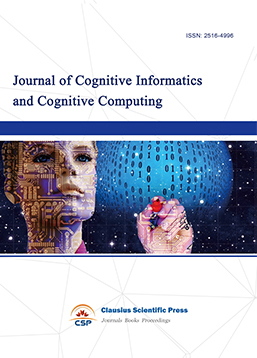
-
Lecture Notes on Wireless Networks and Communications
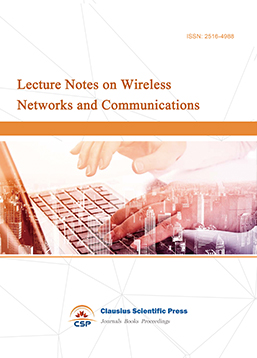
-
International Journal of Computer and Communications Security
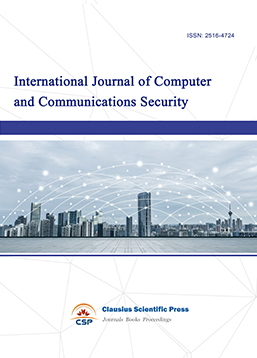
-
Journal of Multimedia Techniques
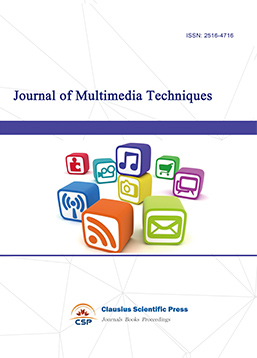
-
Computational Linguistics Letters

-
Journal of Computer Architecture and Design
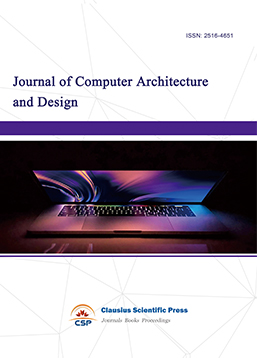
-
Journal of Ubiquitous and Future Networks
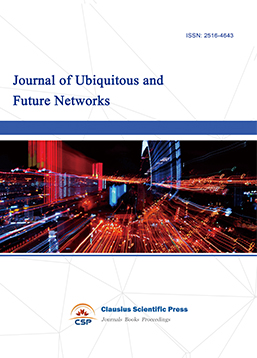

 Download as PDF
Download as PDF